AI CAN HELP DOCTORS
FIGHT TUBERCULOSIS.
RaDify® is committed to fighting the impact of Tuberculosis.

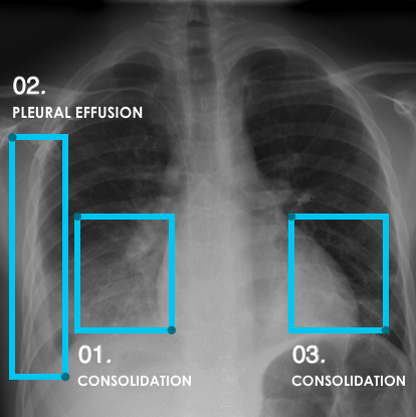
RADIFY®
A chest X-Ray is the first line of investigation for pneumonia. It’s the most readily available, quick and cost-effective imaging tool for the diagnosis of pneumonia – the number one killer of patients with TB.
RADIFY® detects 16 major abnormalities on chest X-rays – including TB and pneumonia-related pathologies. It can label and prioritize over 2000 x-rays per minute.
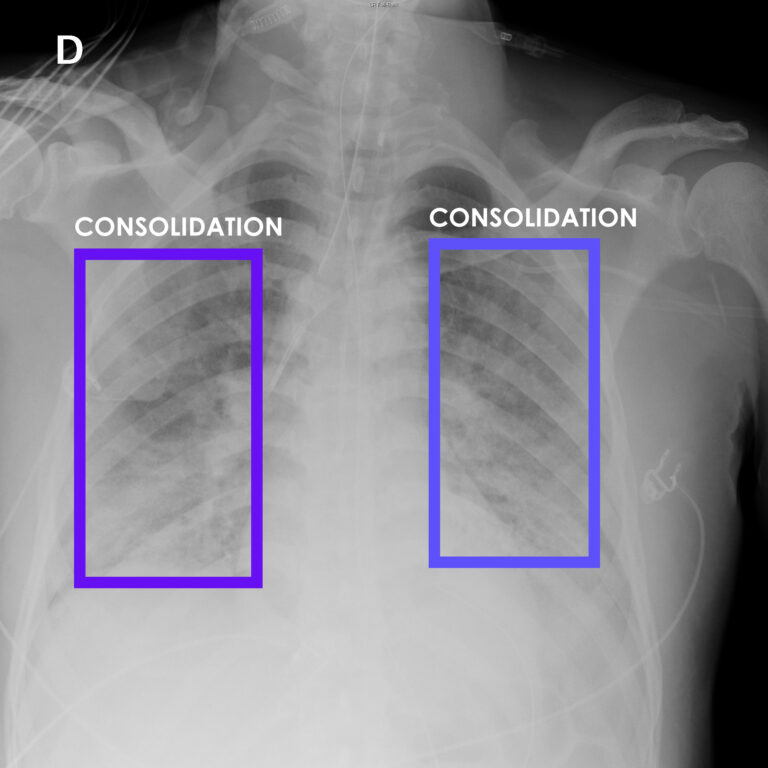
A chest X-Ray is the first line of investigation for pneumonia. It’s the most readily available, quick and cost-effective imaging tool for the diagnosis of pneumonia – the number one killer of patients with TB.
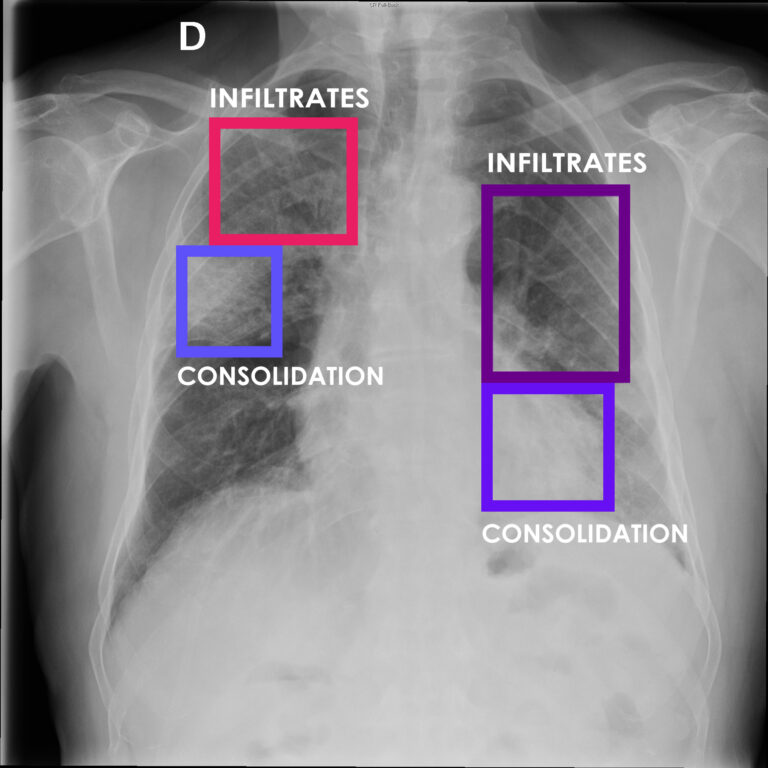
RADIFY® detects 20 major abnormalities on chest X-rays – including TB and pneumonia related pathologies. It can label and prioritise over 2000 x-rays per minute.
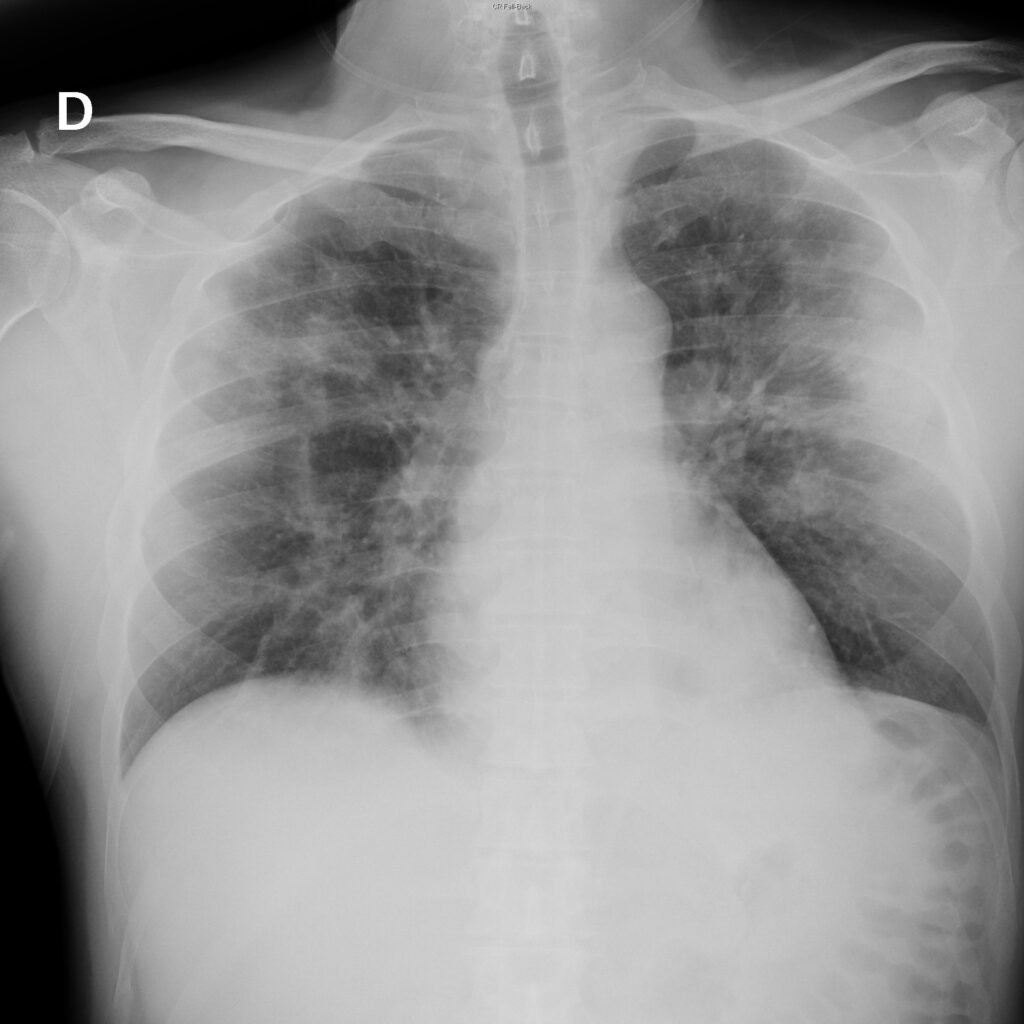
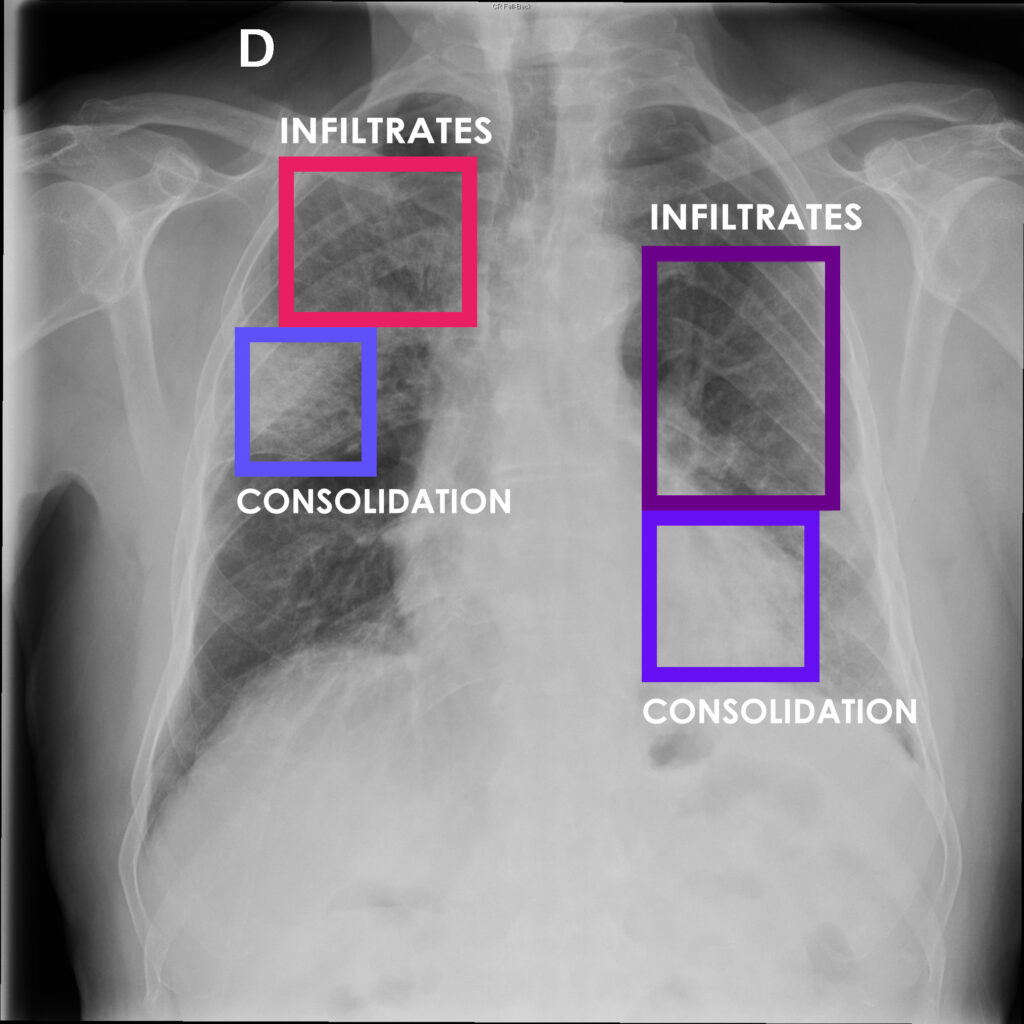
RADIFY® use case 1.


RADIFY™ - use case 1.
Worldwide, TB is one of the top 10 causes of death and the leading cause from a single infectious agent (above HIV/AIDS)
A total of 1.4 million people died from TB in 2019
including 208 000 people with HIV
RADIFY® for TB
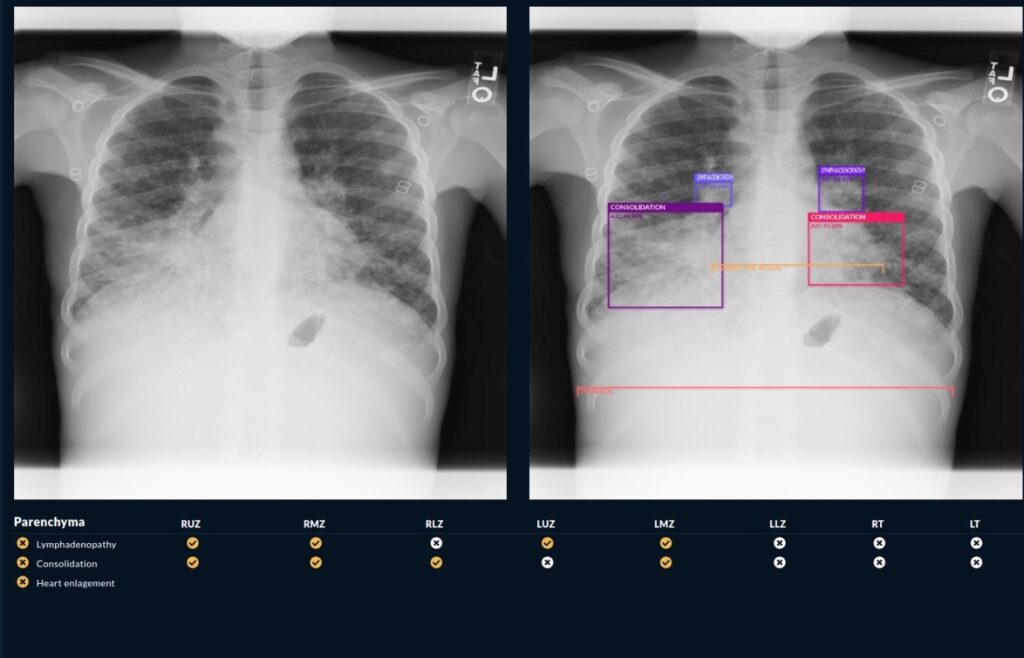
In 2019, an estimated 10 million people fell ill with tuberculosis (TB) worldwide, of which, 1.2 million where children, yet TB is curable and preventable.
RADIFY® - use case 2.
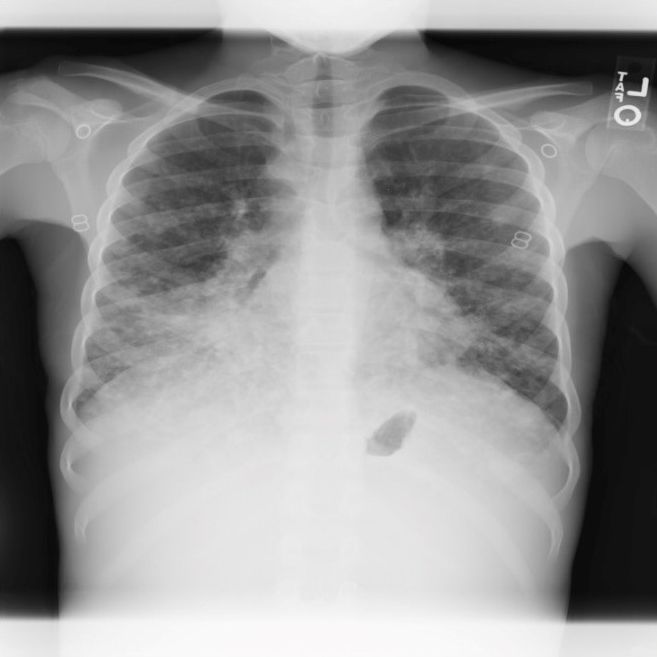
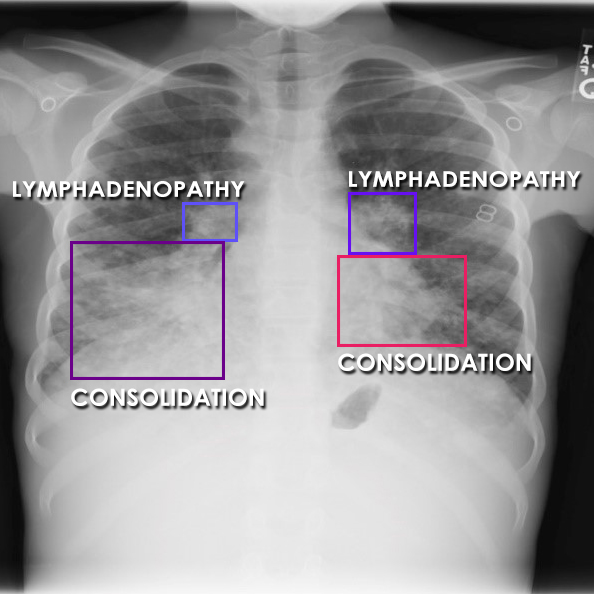
How we can help public
hospitals and private practices:
How we can help public hospitals and private practices:
- Use to prioritise scans during case overload.
- Use with portable x-ray machines to monitor progress of symptoms at point of care.
- Use when regular monitoring is required among patients showing mild symptoms, in order to identify and/or triage patients by the progression of symptoms.
Let us call you back


